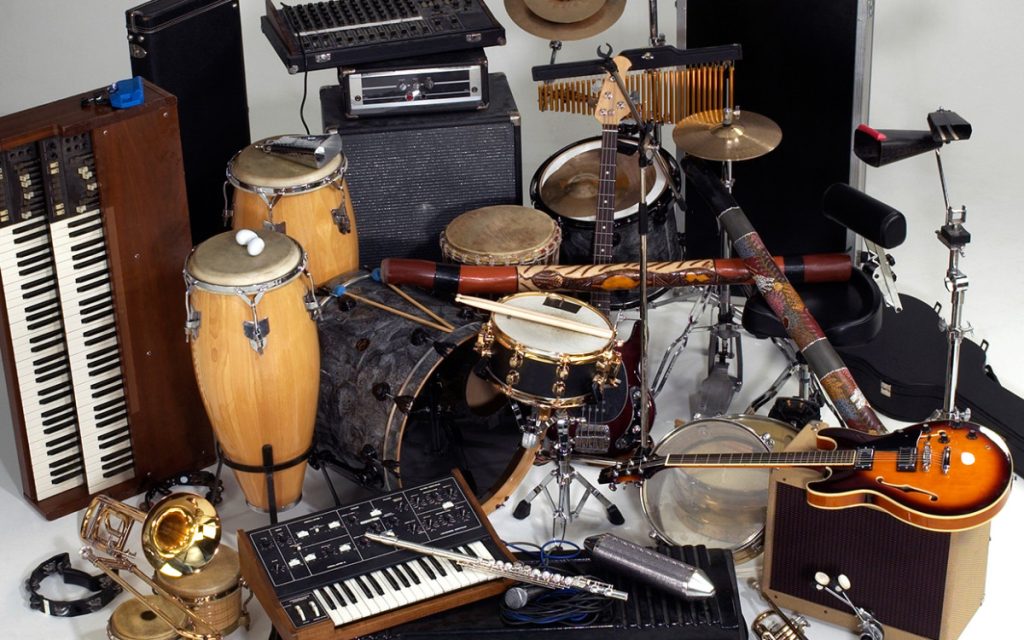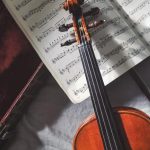The human desire to create music is as old as civilization itself. From the rhythmic pounding of drums to the soaring melodies of violins, countless instruments have been developed to translate our emotions into sound. But not all instruments are created equal. While some can be picked up and played with relative ease, others demand years of dedication and rigorous practice to even produce a recognizable tune. So, which instrument reigns supreme in the realm of difficulty?
There’s no single, definitive answer. The “hardest” instrument is subjective, depending on factors like your prior musical experience, physical attributes, and musical aspirations. However, some instruments consistently appear at the top of lists compiled by musicians and educators alike. Let’s delve into the characteristics that make these instruments so demanding.

The Fiddly Four Strings: Violin and Viola
The violin, with its elegant curves and rich sound, is often the first instrument that comes to mind when considering difficulty. Its lack of frets, unlike a guitar, means players rely solely on muscle memory and precise finger placement to produce accurate notes. This requires exceptional dexterity and hand-eye coordination. Additionally, mastering the bow technique – the way the bow is drawn across the strings – is crucial for creating smooth and expressive tones.
The viola, the violin’s larger cousin, shares many of the same challenges. However, its bigger size can make it less comfortable for smaller players, and its lower pitch necessitates even more precise finger placement for accurate intonation.

The Art of Breath Control: Woodwind Instruments
Moving to the world of wind instruments, the oboe quickly emerges as a contender for the title of hardest to play. Unlike its more forgiving cousin the clarinet, the oboe’s double-reed design requires meticulous care and precise embouchure, the way the player forms their mouth around the instrument. Even slight variations in embouchure can drastically alter the pitch and tone. Additionally, the oboe’s high-pitched register demands exceptional lung capacity and breath control.
The French horn, with its deceptively simple appearance, also presents a unique set of challenges. Its conical bore and complex valve system make it notoriously difficult to produce a clear and centered tone across its entire range. Intonation, the ability to play notes in tune, is a constant battle for French horn players, requiring a keen ear and a deep understanding of the instrument’s idiosyncrasies.

The Many-Limbed Maestro: The Drum Kit
While not typically considered a single instrument, the drum kit demands a unique blend of physical coordination and musicality. Unlike string or wind instruments where melody takes center stage, drummers focus on rhythm and dynamics, creating the driving force that propels the music. Playing a full drum kit effectively requires independent control over multiple limbs, simultaneously coordinating feet on bass pedals and hands on cymbals and drums. This, combined with the need to internalize complex rhythms and maintain a steady tempo, makes the drum kit a true physical and mental workout.

Beyond the Physical: The Mental Marathon
The challenges of mastering these instruments extend beyond the physical. Developing a strong musical foundation – a deep understanding of music theory, sight-reading, and ear training – is essential for any aspiring musician. However, for instruments with a vast repertoire of complex pieces, like the piano and organ, this becomes even more critical.
The piano, with its seemingly endless array of keys and complex music often featuring multiple independent melodies, requires exceptional mental agility. Players must not only coordinate both hands but also interpret complex notation and translate it into fluid, expressive playing.
The organ, often referred to as the “king of instruments,” takes complexity to a whole new level. Not only does it encompass the challenges of keyboard playing, but it also adds the additional dimension of footwork on pedals, controlling bass notes and manipulating various stops that alter the instrument’s timbre. Additionally, many organs boast multiple keyboards and vast tonal possibilities, demanding a deep understanding of organ registration – the art of selecting different stops to create desired sounds.
Mental and physical preparation
Whether you’re tackling a new sport, a demanding exam, or even learning a difficult instrument (like the ones we discussed previously!), both mental and physical preparation are crucial for success. Here’s how to get yourself ready on both fronts:
Mentally Prepared for the Challenge:
- Set SMART Goals: Specific, Measurable, Achievable, Relevant, and Time-bound goals will keep you focused and motivated. Break down your overall objective into smaller, manageable steps to celebrate progress along the way.
- Visualize Success: Imagine yourself achieving your goal. Mentally rehearse the steps involved and picture yourself overcoming any obstacles that may arise. This can boost your confidence and build a positive mental framework.
- Develop a Positive Mindset: Challenge negative thoughts with affirmations and self-compassion. Remember, setbacks are inevitable, but they don’t define you. View them as learning experiences and use them to fuel your determination.
- Practice Mindfulness: Techniques like meditation and deep breathing can help manage stress and anxiety, which can hinder performance. By quieting your mind, you’ll be better able to focus and perform at your peak.
Physically Prepared to Perform:
- Optimize Your Health: Get enough sleep, eat a balanced diet, and stay hydrated. These essentials provide your body with the foundation it needs to perform at its best.
- Develop Physical Fitness: Depending on your chosen activity, specific physical conditioning may be necessary. This could involve building strength, improving cardiovascular endurance, or increasing flexibility.
- Practice Good Form: Proper technique is crucial to avoid injury and maximize performance. Invest in proper instruction and focus on mastering the basics before pushing yourself further.
- Warm Up and Cool Down: Prepare your body for activity with dynamic stretches and light cardio. After exertion, cool down with static stretches to improve flexibility and prevent muscle soreness.
By considering both mental and physical preparation, you’ll be setting yourself up for success in any endeavor. Remember, consistency is key. The more you practice both your mental game and physical skills, the more prepared you’ll be to conquer any challenge that comes your way.

The Journey, Not the Destination
While the instruments mentioned above are undoubtedly demanding, it’s important to remember that the pursuit of musical mastery is a lifelong journey, filled with both frustration and exhilarating breakthroughs. The most rewarding aspect of playing any instrument is the process itself, the continuous improvement, and the joy of creating beautiful music. Regardless of the instrument you choose, dedication, perseverance, and a love for music will be your most valuable assets on this rewarding path.
So, if you’re considering picking up an instrument, don’t be discouraged by the challenges. Embrace the journey, find an instrument that speaks to your soul, and embark on a lifelong adventure in musical expression. After all, the most difficult instrument to play is often the one you never pick up at all.


